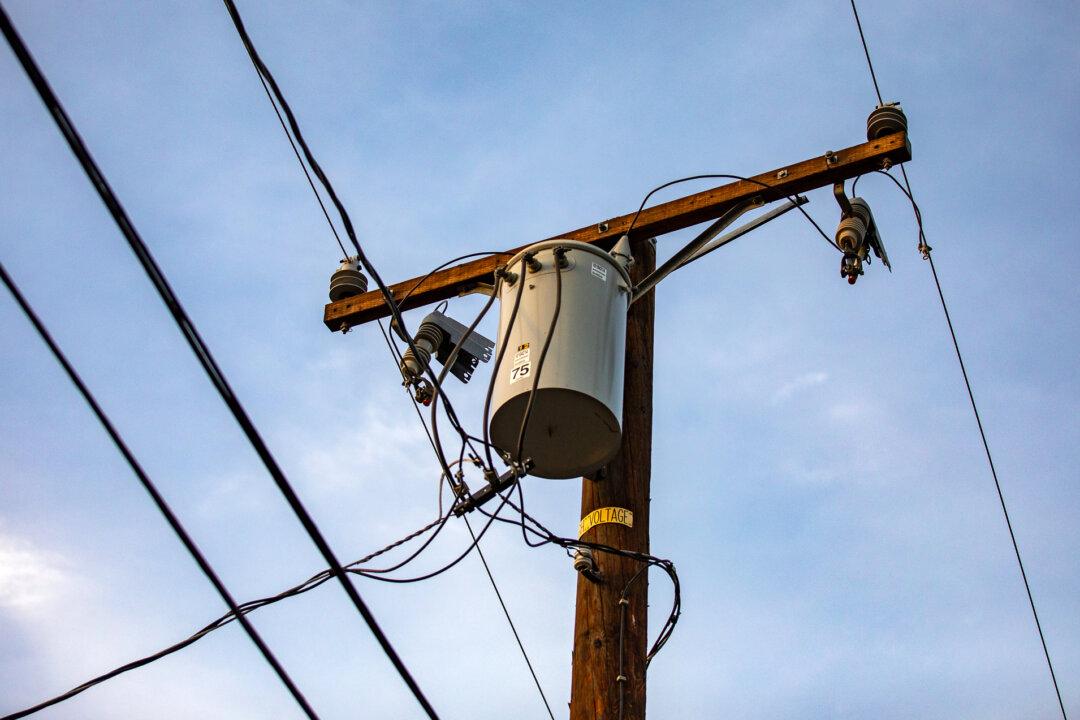Laguna Beach, California, moved toward joining a community choice energy program (CCE) on July 13, with the goal of gradually replacing traditional power sources with green energy.
CCEs are locally controlled energy providers that take the place of existing energy providers such as Southern California Edison and San Diego Gas and Electric.





